
We collect basic website visitor information on this website and store it in cookies. We also utilize Google Analytics to track page view information to assist us in improving our website.
If you’re passionate about metal cutting or just keen to learn more, you’ve landed in the right place.
For over 38 years, Amber Steel has been at the forefront of metal cutting services, specializing in laser cutting, flame cutting, and plasma cutting. Our expertise has carved a niche in this cutting-edge industry, delivering precision and excellence across industrial projects big and small.
In our blog, we’ll share a mix of useful tips, innovative applications, our thoughts on sustainability in steel cutting, and more. Expect stories from the cutting floor, insights into how our processes can streamline projects across industries, and a few lessons we’ve learned along the way.
While we keep some of our trade secrets under wraps, this blog is designed to offer valuable nuggets of wisdom that you simply won't find anywhere else. Whether you’re a professional in the industry or someone fascinated by the possibilities of metal cutting, you'll find something of value here.
So, stick with us as we delve into the finer points of metal work. We’re glad to share our insights and lead discussions that matter to our industry.
How precision metal cutting propels the aerospace industry, from constructing lighter frames to enhancing aerodynamics.
The role of advanced metal cutting in automotive manufacturing, driving innovations in vehicle design and efficiency.
All about the robust and versatile process of flame cutting, ideal for tackling thicker metals with precision and ease.
Discover the art of crafting metal furniture, where cutting techniques meet design to create both functional and aesthetic pieces.
A behind-the-scenes look at the mechanics of metal cutting technologies and the science that makes them tick.
Laser cutting is where extreme precision meets efficiency, allowing for intricate designs and clean finishes.
The critical role of precise steel cutting in developing reliable and intricate medical devices.
How steel cutting supports the oil and gas industry with components that withstand extreme environments and pressures.
Known for its speed and versatility, plasma cutting slices through conductive metals with hot plasma.
Safety first! Tips and insights on maintaining a safe environment while handling powerful metal cutting equipment.
The backbone of construction, where steel fabrication and cutting technologies create frameworks that shape skylines.
Sustainability
A look at sustainability in metal cutting, focusing on practices that reduce waste and conserve energy to protect our planet.
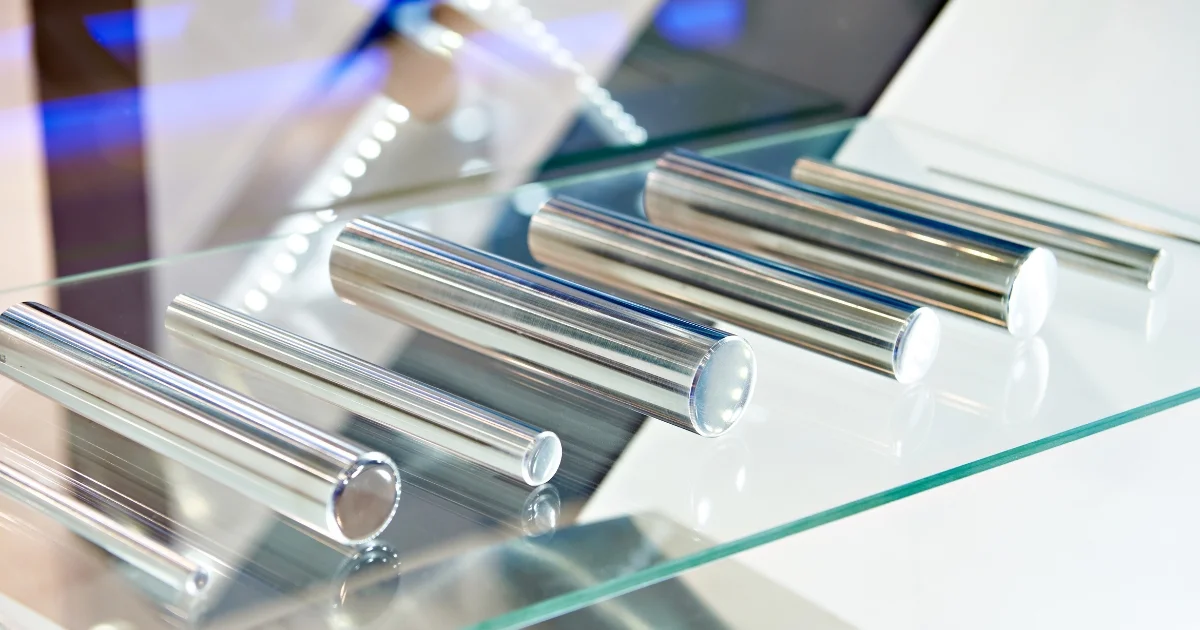
High-nickel alloys are famously tough, heat-resistant, and prone to work hardening, which means conventional cutting methods can quickly turn into a slow, expensive mess. Cutting these alloys demands specialized tools and processes.
Engineers working with aerospace, automotive, and energy components know the stakes. Choose the wrong cutting process, and things can go sideways fast: distorted edges, excessive tool wear, or heat-affected zones (HAZ) that weaken material integrity. With nickel alloys commanding premium prices and demanding precision, there’s little room for error or waste.
That’s why cutting high-nickel alloys requires a careful comparison between laser, plasma, and flame cutting. Each method brings something different to the table: laser offers surgical precision, plasma brings speed and strength, and flame… well, it might not belong in this fight at all.
This post breaks down how each cutting process performs under pressure – literally. You’ll get clarity on which method suits high-performance materials, what limitations to watch for, and how to choose based on part geometry, thickness, and downstream processes. Whether you're after tight tolerances or just trying to stay within budget, understanding these trade-offs is key to getting the job done right the first time.
Cutting high-nickel alloys can slow production to a crawl. These metals are built to endure where others fail, and that same strength makes them extremely difficult to machine. When standard cutting methods fall short, delays stack up fast, and costs rise just as quickly.
These alloys – Inconel, Hastelloy, Monel, Incoloy – are designed for the most extreme conditions. They typically contain between 50-70% nickel, along with other elements like chromium, molybdenum, and tungsten. In environments like chemical plants, aerospace systems, and nuclear power, these materials perform where ordinary steel wouldn’t last. But cutting them? That’s where things get tricky.
One of the biggest issues is work hardening. Unlike standard steels, these alloys don’t get easier to cut – they get harder. Every time the tool passes through the material, it compresses the grain structure, which increases its hardness. A cut that starts out manageable quickly becomes a challenge.
Heat buildup is another major problem. These metals don’t move heat the way carbon steel does. Instead, heat collects right at the cutting point. In thin sections, this can lead to warping or damage. And for tools, that concentrated heat means faster wear and shorter tool life.
Flame cutting? That’s off the table in most cases. High-nickel alloys resist oxidation so well that the chemical reaction needed for flame cutting just doesn’t happen. The same protective oxide layer that makes them great in corrosive environments prevents the cut from even starting.
And then there’s the cost. These materials are expensive, often five to eight times the price of standard steel. Even a small fabrication error can turn into a serious loss. With high-nickel alloys, the margin for error is tight, and the stakes are high. That’s why your cutting method matters so much.
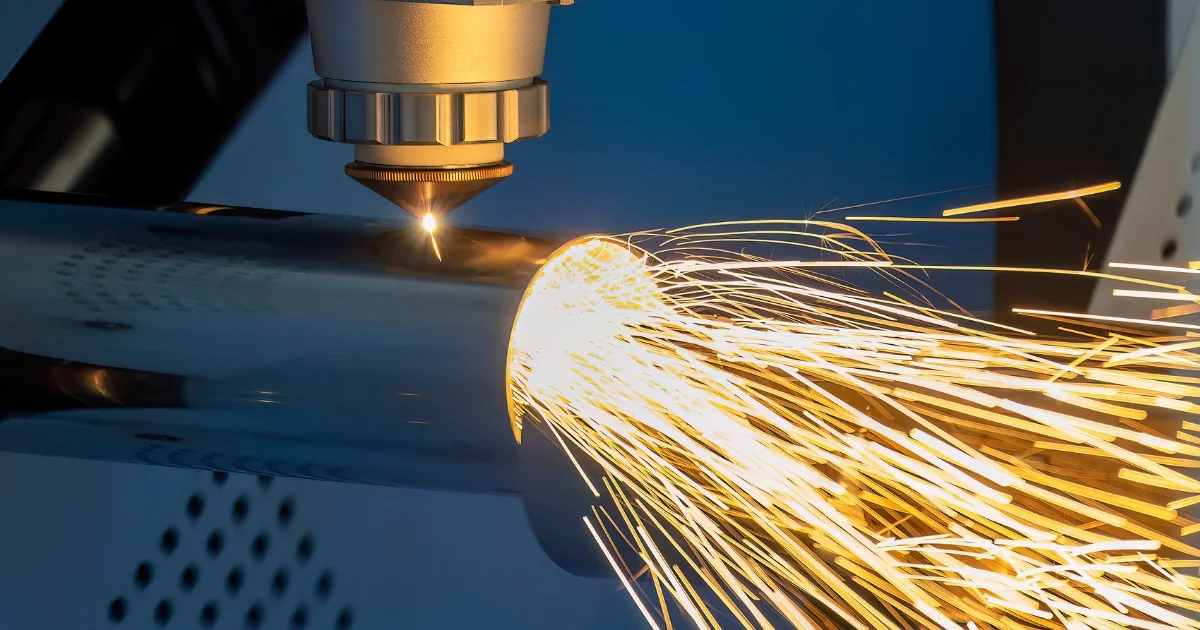
For high-nickel alloys, fiber laser technology has changed the game. This method delivers exceptionally clean cuts with minimal heat-affected zones (HAZ), preserving material properties almost to the cut edge. Modern fiber lasers concentrate immense energy into a precise focal point, with assist gas jets efficiently clearing molten metal before heat can spread.
The sweet spot for laser cutting lies in thin-to-medium stock, typically up to 12 mm thick. The heat-affected zone measures a mere 0.2-0.5 mm in most nickel alloys, which is about one-third what plasma produces. This precision matters enormously when working with aerospace components or medical devices where properties must remain intact right to the edge.
Beyond precision, laser cutting minimizes waste through narrow kerf width and optimized nesting. Cut edges emerge clean enough to often skip secondary finishing operations entirely. For complex geometries or intricate features in Inconel or Hastelloy sheet, nothing else comes close to what laser cutting can achieve.
Laser cutting works like a surgeon: precise, clean, and controlled. It adds just enough heat to cut without compromising surrounding material. For heat-sensitive nickel alloys, this controlled approach makes all the difference.
The limitations? Laser struggles with thick sections. As material thickness increases, power requirements surge while cutting speed plummets. Some reflective nickel alloys can cause beam reflection hazards. And while operating costs exceed other methods, this premium typically pays for itself through reduced scrap, minimal rework, and superior edge quality.
High-powered systems, such as 10 kW fiber lasers with 72” cutting beds, enable efficient processing of larger sheets and tight nesting for material savings. This setup is especially effective when working with wide-format stock or producing high volumes of precision parts in aerospace or medical fabrication.
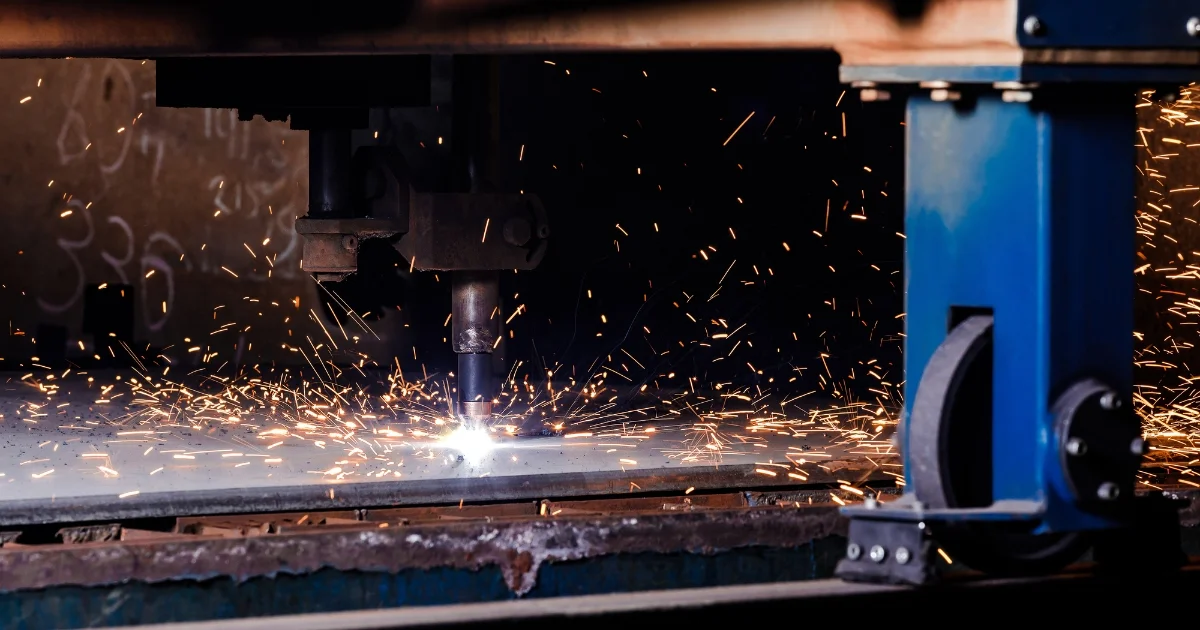
CNC plasma cutting offers a solid middle ground when working with high-nickel alloys, especially in medium to heavy thicknesses. It can handle stock up to about 1.25 inches and cuts faster than laser on thicker materials. The process uses superheated ionized gas forced through a narrow nozzle to melt through even highly resistant metals.
What makes plasma appealing is the economics. Equipment and operating costs are often 40-60% lower than laser, depending on system setup and workload. High-definition plasma systems have come a long way, improving edge quality and narrowing the performance gap with laser.
Still, there are trade-offs. Tolerances typically land around ±0.040”, which is acceptable for many applications but can fall short for aerospace or medical specs. The heat-affected zone is also wider (usually 1-2 mm in nickel alloys), so parts may need secondary finishing, especially before welding or precision machining.
For general fabrication, rough profiling, or non-cosmetic parts, plasma is practical and efficient. Many shops use it as a first pass before machining critical features, making it a reliable tool when balancing cost, speed, and material performance.
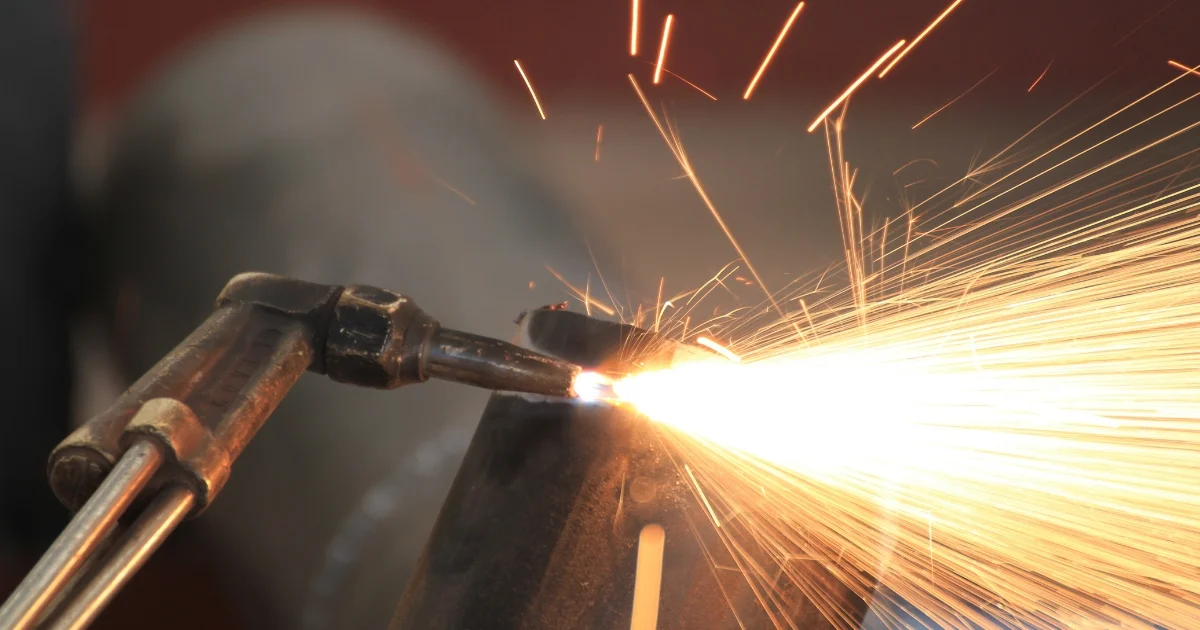
Flame cutting has earned its place in the steel world. It's tough, dependable, and handles thick carbon plate like a champ. But once high-nickel alloys enter the picture, that dependability starts to break down.
The process itself is straightforward: preheat the metal, hit it with a jet of pure oxygen, and let combustion do the heavy lifting. This works well for mild and carbon steels because they oxidize easily – that reaction is what makes the cut possible. But high-nickel alloys? They’re built to fight oxidation, not feed it. That same resistance that makes them perfect for corrosive environments is exactly what makes flame cutting ineffective.
Nickel-based alloys just don’t respond well to the process. They either refuse to ignite or produce messy, uneven cuts when they do. You’re left with jagged edges, massive heat-affected zones, and distortion that can undo the very properties the material was chosen for in the first place. In thinner sections, the heat input alone can do more damage than good.
That said, flame cutting isn’t totally off-limits. It still sees occasional use for rough prep work or when dealing with mixed-metal slabs where only part of the material resists oxidation. But in those cases, it’s less a precision tool and more a brute-force workaround.
So, while flame cutting is still the go-to for thick structural steel, it’s rarely the right move for high-nickel alloys. These materials are designed to withstand extreme heat, not surrender to it. And that’s exactly why flame cutting usually isn’t part of the conversation.
Cutting high-nickel alloys isn’t just about getting through the material but also about what happens to the metal around the cut. And that’s where the heat-affected zone, or HAZ, becomes a deal-breaker if not handled properly.
If too much heat travels into the surrounding area, the alloy’s internal structure can shift. Grain boundaries may distort, mechanical strength can drop, and corrosion resistance can weaken, all before the part even enters service. And for materials that cost five to eight times more than mild steel, that’s not just a quality issue – it’s also a financial one.
Laser cutting tends to have the smallest HAZ (often under 0.5 mm) thanks to its pinpoint focus and efficient heat management. Plasma, while faster, usually creates a wider zone between 1-2 mm, especially on thicker sections. Flame cutting generates the largest HAZ by far, making it unsuitable for alloys where performance and integrity are non-negotiable.
For high-nickel alloys, where every micron counts, HAZ control isn’t a luxury—it’s a necessity. The more heat you introduce, the more likely you'll compromise the very qualities the material was chosen for in the first place. That’s why cut quality has to go beyond surface finish, considering what’s beneath the surface, too.
When it comes to cutting high-nickel alloys, choosing the wrong method is inefficient and expensive. These materials demand more than brute force. They require precision, control, and an understanding of how heat and stress affect performance long after the cut is made.
Laser cutting offers unmatched precision and minimal HAZ, making it ideal for aerospace and medical-grade components. Plasma provides a cost-effective middle ground for thicker sections and general fabrication. And while flame cutting isn't suited for high-nickel alloys, it remains a critical tool for carbon steel and structural applications where thickness and scale matter most.
The bottom line? There’s no one-size-fits-all approach. Matching the cutting method to the material’s behaviour is where projects succeed or stall. Whether you're dealing with nickel alloys, structural plate, or a complex mixed-material order, expert guidance matters.
Working with nickel alloys? Get expert support on choosing the right cutting method before costly scrap or HAZ issues slow you down.
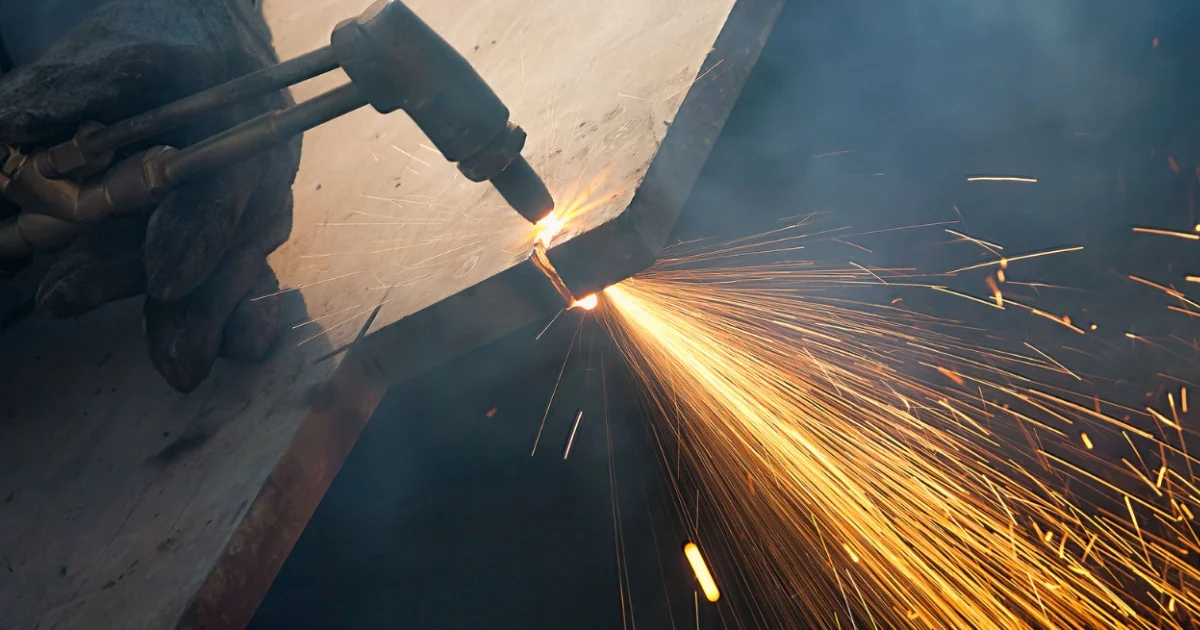
Flame cutting works best for thick steel plates. While laser and plasma cutting are good for thin steel, flame cutting offers key benefits when making edges for vital joints. Edge quality directly affects weld strength, joint integrity, and overall structure. Bad edges lead to weak welds, loose bolts, and even dangerous failures.
This matters most in fields where part failure costs more than money – it can cause disasters. Each year, metal shops across North America waste millions fixing parts with poorly cut edges. These problems lead to delays, safety risks, and damaged reputations. Reports show more challenges in steel supply, making reliable cutting methods even more vital.
Flame cutting – a method Amber Steel has refined since 1986 – creates clean, precise edges perfect for strong welding and bolting. These high-quality edges help prevent costly delays, protect your reputation, and keep projects on schedule.
Clean edges make welding thick steel much easier. Flame cutting creates a controlled heat-affected zone (HAZ) – the area changed by cutting heat. Unlike laser or plasma cuts, flame-cut edges rarely get too hard. This means less grinding, fewer issues, and smoother prep work.
The high-temperature oxidation process in flame cutting helps remove contaminants like oils, coatings, and some mill scale, which may reduce the need for additional cleaning before welding. This built-in cleaning action represents another efficiency advantage for fabricators using flame cutting in their production processes.
Flame-cut edges aren't perfectly smooth, but this slight roughness helps weld metal stick better. Think of how glue works better on sanded surfaces. For joints under heavy loads, this texture greatly improves strength where it matters most.
Strong bolted joints need good edge quality and precise hole placement. Flame cutting excels at both, especially for thick steel plates. The slightly rough flame-cut surface gives high-strength bolts better grip, much like tire treads grip the road. This friction keeps bolts from coming loose under stress.
Flame cutting creates just enough texture to keep bolts secure, lowering the risk of failure in key structures. Precise hole placement is just as crucial. CNC flame cutting systems offer impressive precision, often achieving tolerances within fractions of an inch. However, factors like heat distortion and steel composition can influence final accuracy.
But real-world factors like heat distortion and variations in steel composition can affect final accuracy. For parts that need extremely tight tolerances, additional machining steps might be necessary after flame cutting. This balance between flame cutting capabilities and application requirements helps manufacturers achieve both efficiency and precision. Picture building complex, heavy structures without fighting misaligned holes – flame cutting makes this possible.
Flame cutting can create a hardened ring around bolt holes, which may improve resistance to deformation under load by distributing clamping forces more evenly. For critical structural applications, engineers should evaluate whether this hardening effect benefits the specific joint design or requires additional treatment. For heavy machines that face constant vibration, this small benefit provides major gains in durability and reliability.
Making quality flame-cut edges depends on precise heat control. Too hot, and edges melt unevenly; too cold, and the cut won't go through. Our skilled operators at expertly manage cutting speed, oxygen flow, and torch distance for consistent results.
This expertise takes years to develop through hands-on work with different steel types and thicknesses. For plates from 6 mm up to 200 mm thick, Amber Steel provides precision-cut edges that can be further prepared for welding or bolting as needed, saving valuable project time and labour costs.
Flame cutting's slower, more controlled heat also reduces the risk of cracking and thermal shock, common problems with faster cutting methods. This gentle approach works best for steels that can't handle rapid temperature changes, keeping material integrity intact.
Beyond the right equipment, operator skill plays a key role in flame cutting quality. Our skilled operators fine-tune cutting conditions based on steel type, thickness, and environmental factors, ensuring optimal results with the precision of advanced CNC systems.
Many customers find they spend less time prepping edges when using properly flame-cut steel, saving labour costs on large projects.
Trained operators also know how to handle different steel grades. They adjust for carbon content, alloys, and thickness. This flexibility ensures great results across all the materials used in heavy fabrication.
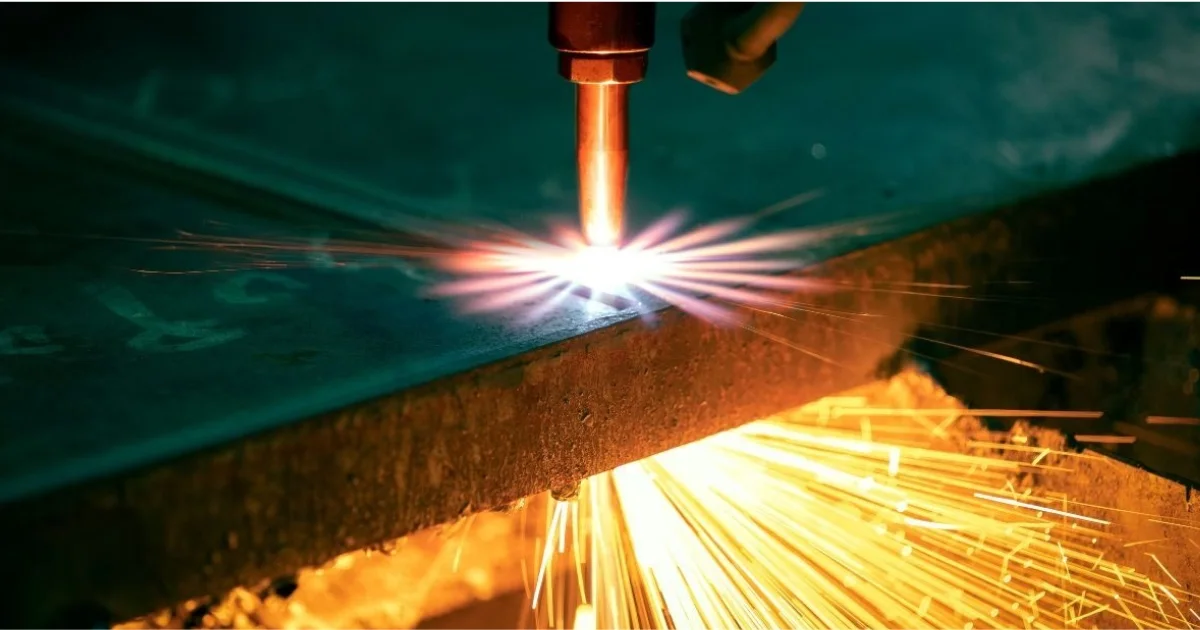
How does flame cutting stack up against other methods? Plasma cutting works well for thin plates but often needs extra grinding due to hardened edges. Laser cutting offers great precision but struggles with material thicker than about an inch – and costs much more.
Methods like sawing create clean edges but are very slow on thick steel. They also harden the steel, creating stress points that weaken joints. For strength with thick steel, flame cutting hits the sweet spot of cost, quality, and practicality.
The cost benefits grow as material gets thicker. While plasma cutting is faster for thin steel, its efficiency diminishes as thickness increases. For plates over 1.5 inches, flame cutting often provides a more cost-effective solution, especially when accounting for reduced edge preparation time.
Looking at equipment costs, flame cutting systems typically cost less than similar plasma or laser systems for thick plate work. The supplies (oxygen and fuel gas) also cost much less than what high-definition plasma needs when cutting material over 1 inch thick.
Mining equipment like dragline buckets faces relentless stress daily. Flame-cut edges significantly boost weld strength, directly extending equipment life. In high-wear mining operations, properly prepared flame-cut edges help reduce premature failures and stretch service intervals, cutting costly downtime. Mining machinery components made with flame cutting withstand extreme mechanical stress, ensuring critical parts like bucket edges and support beams last longer under heavy loads.
When manufacturers use flame cutting for thick steel sections, they achieve stronger joints that hold up even in the harshest conditions. Flame cutting proves just as vital in construction projects, particularly for heavy structural components like bridge supports and building beams. Engineers often specify flame-cut edges because they've demonstrated reliability under tough conditions.
Heavy transport equipment – railcars, trailers, and similar structures – also benefits from flame cutting. These components experience constant vibration and cycling stress, where poor-quality edges quickly become weaknesses. Flame cutting ensures lasting connections, greatly reducing downtime and failure risks.
Amber Steel's flame-cut edges meet CWB W59 and CSA W47.1 standards, guaranteeing high-quality surfaces for welding in structural applications. These industry standards acknowledge that properly executed flame cuts enhance joint performance when the right techniques are applied. This formal recognition confirms the reliability of flame-cut edges for critical connections.
An often-overlooked advantage of flame cutting is its versatility across varying material thicknesses. Unlike some cutting methods that struggle with thickness changes, flame cutting handles both thin and thick sections on the same plate with consistent edge quality. This feature proves especially valuable for complex structural parts with varying cross-sections.
To get the most from flame-cut edges, follow these simple guidelines:
For welding:
Removing slag or debris promptly is recommended for clean welds. Common methods include grinding, chipping, or wire brushing, depending on project requirements and material type.
Keep proper preheat temperatures for thicker materials
Check edges carefully before welding
For bolting:
Clean edges well after cutting
Use proper bolt torque and bolt quality
Verify alignment before final assembly
Communication matters, too. Clearly explain what your project needs to your cutting provider. Amber Steel adjusts cutting settings based on whether edges will be used for welding, bolting, or both – ensuring you get exactly what your project needs.
In the end, reliable connections in heavy steel structures depend on edge quality. Flame cutting remains a trusted solution for thick steel fabrication, offering reliable performance across industries from mining to construction. Its consistent performance across decades of industrial use proves its lasting value.
For materials over 1 inch thick, flame cutting creates ideal interfaces for both welding and bolting applications. The unique properties of flame-cut edges - including the slightly rough surface and controlled heat-affected zone - provide natural advantages that other cutting methods simply can't match. These properties directly translate to stronger connections, longer component life, and fewer failures in service.
The cost-effectiveness of flame cutting for thick plate work remains compelling when comparing total fabrication time. While initial cutting might be slower than some methods, the reduced edge preparation time and improved join quality often result in lower overall project costs. This economic advantage, combined with the reliable performance of flame-cut connections, explains why many industries still specify this proven technology.
As fabrication demands continue to evolve, flame cutting adapts through improved equipment and refined techniques. Modern CNC systems bring digital precision to this established process, allowing for complex edge preparations that optimize joining performance. The basic benefits remain the same - clean, consistent edges that form the foundation of strong, reliable connections. For critical applications where connection failure isn't an option, flame cutting provides the edge quality that demanding industries trust.
Need help with your next heavy fabrication project? Contact Amber Steel today to discuss how flame cutting can improve your connection quality and reduce overall fabrication time.